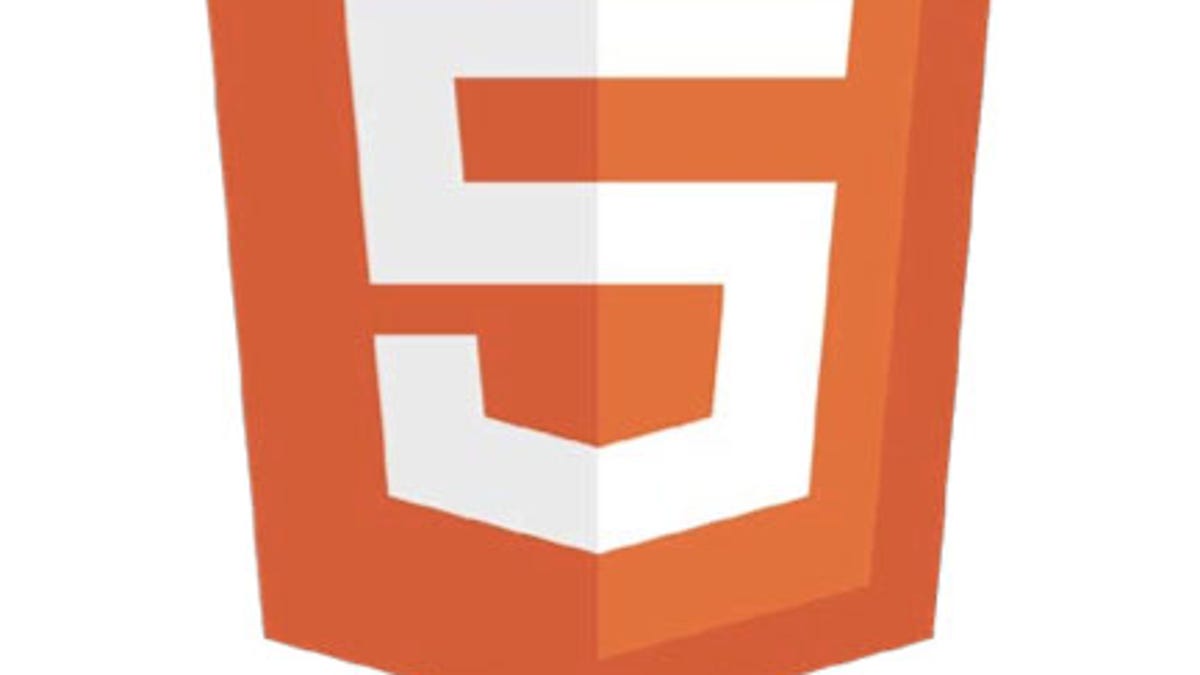Creative pros: Tell us what you think of the new Adobe
CNET and Jefferies are running a survey about customers' views about how well Adobe is doing with its Creative Cloud subscription and HTML5 design, and we'd like to hear what you think.

As Adobe Systems prepares to release Creative Suite 6, it's in the midst of two major shifts: the addition of its Creative Cloud subscription and the addition of design tools using Web standards.
And we want to know what you think of the change.
In conjunction with Jefferies, a financial research and investment banking firm, CNET is conducting a quick survey about Adobe's Creative Cloud and embrace of Web standards. It's only nine multiple-choice questions long, so it's very fast and easy to fill out.
We'll be publishing results of the survey later so you can see if other people see things your way. If you are open to us asking you follow-up questions, you can leave your e-mail address at the end of the survey, but it's completely optional. Of course, you also can leave comments on this post.
We still don't know some details about Adobe's changes, but here's some background to get you up to speed on Adobe's big reboot.
The Creative Cloud
The Creative Cloud is a subscription plan for Adobe customers who might want to shift from away from today's prevailing sales method, perpetual licenses of software. Today, people buy a license that grants them the right to use a particular version of Adobe's software forever. The Creative Cloud subscription gets customers the latest version of the software--and new features arrive faster than with the current CS product cycle. Adobe isn't phasing out the traditional license model.
A big factor is price. An annual Creative Cloud subscription costs $600 for individual users and $840 per seat for group purchasers. People can may month by month, too, for a higher but as-yet-undisclosed rate. If you don't need it, you don't pay for it, and if you do need it, you can pay again and get rights to use the software.
The Creative Cloud includes access to the full Master Suite of CS products, the full Touch suite of tablet apps, Lightroom, the new Edge and Muse tools for Web designers looking to move beyond Flash, and the Digital Publishing Suite to bring magazine layouts to tablets. It also comes with online services such as a Dropbox-like file-sharing system, an online community, and some online hosting services.
In addition, Adobe will offer subscriptions for individual products such as Photoshop CS6 for prices "that are very attractive." In other words, less than today's not-so-compelling subscription options.
For license purchasers, Adobe had planned only to offer CS6 upgrade pricing only to CS5 and CS5.5 customers, but after a customer backlash, it announced upgrade options for CS3 and CS4 customers, too, though it has yet to reveal specific prices.
Adobe's HTML embrace
After being castigated by Flash-bashers for years, Adobe is moving past it for designers making interactive online content. Adobe isn't canceling Flash, but it's narrowed the scope of the software's mission and abandoned an attempt to spread it to mobile devices.
It's steadily building tools that instead use Web standards. Many such tools exist already, but Adobe is hoping to get ahead by appealing to designers, not programmers.
One tool, Adobe Edge, is set up to provide animation and other sophisticated elements to Web pages using a timeline to control page behavior. Another tool, Adobe Muse, is intended for those who need to build multi-page Web sites without needing to know how to code.
Adobe is involved elsewhere, too: it acquired PhoneGap, used for building cross-platform mobile apps using Web standards; it acquired TypeKit, a service for adding better typography to the Web; it contributes to jQuery Mobile, a package of pre-written JavaScript programs to ease mobile Web design; and it actively contributes to development of CSS, a standard for Web formatting and, increasingly, dynamic animation effects.
That's where things stand today with Adobe. The big question is how fast they can adapt to computing-industry changes and whether its customers are on board. So help us out by sharing your views of whether Adobe's on the right track.

